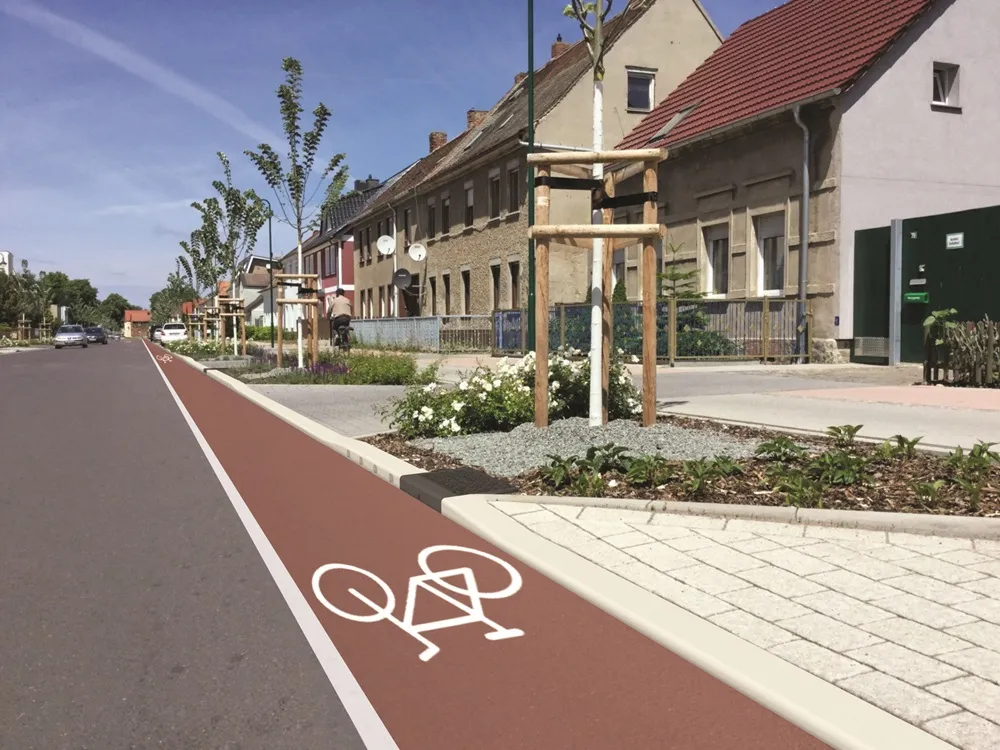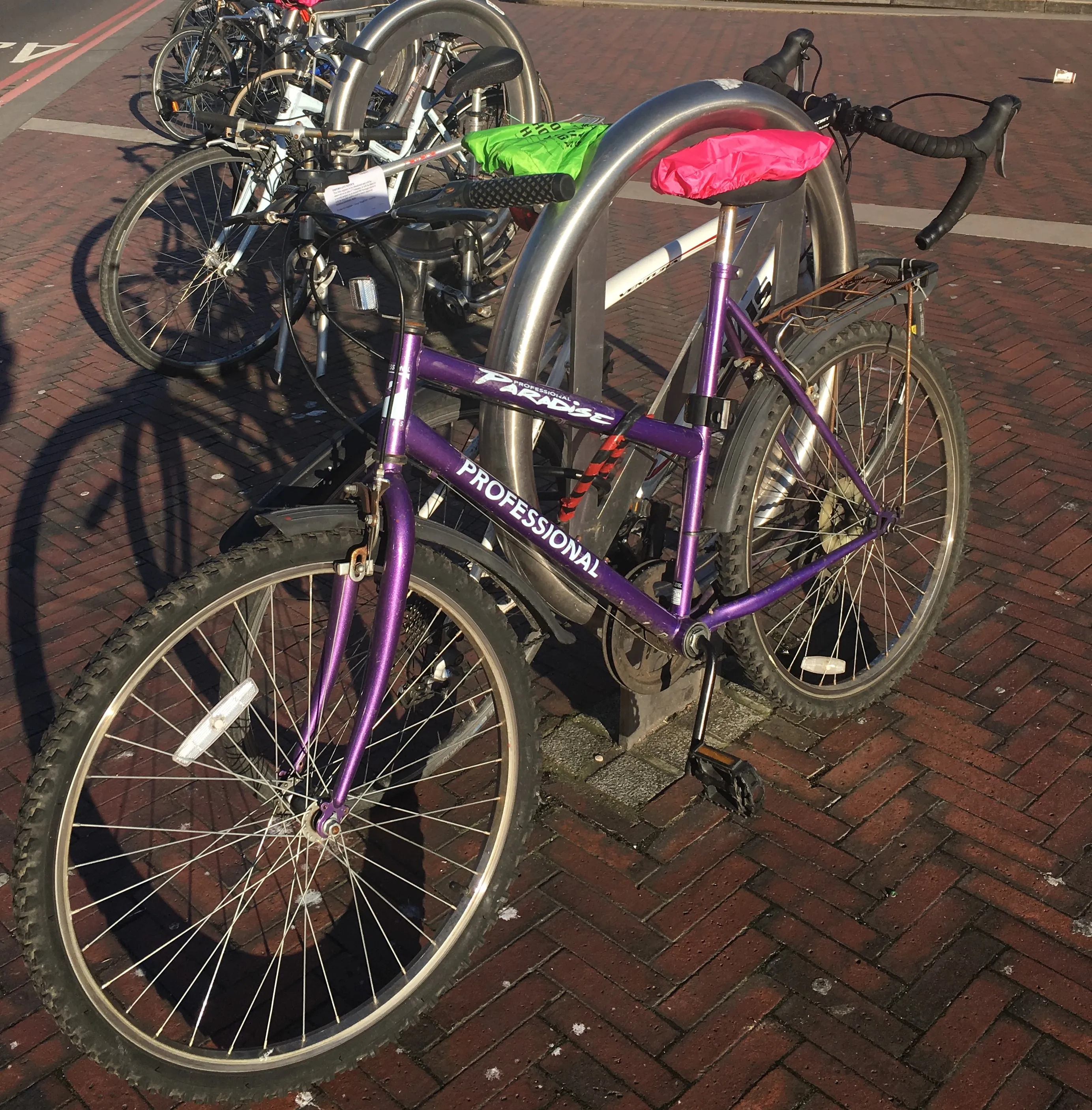
ACO says its KerbDrain CycleKerb drainage solution for bike lanes in England meets LTN 1/20 standards while making travel safer for all cycle lane users.
Local Transport Note 1/20 (LTN 1/20) sets out minimum standards for English local authorities and highway engineers when implementing new cycle infrastructure. It includes, but is not limited to, cycle crossings and junctions, cycle lanes, cycle tracks, cycle networks and cycle parking.
The updated note, LTN 1/20, replaces an earlier note about shared lanes and comes as the increase in people cycling for pleasure and as a commuting method post COVID looks like being here for good. On top of this, funding from the government has increased, with €233 million available for English councils to improve walking and cycle routes. Cycle lanes must meet LTH 1/20 standard if relevant councils intend to apply for government funding.
KerbDrain CycleKerb is a combined kerb and drainage unit to provide effective drainage specifically for cycle lanes, taking into account all lane users. ACO says it removes surface water without intruding on the horizontal surface of the cycle lane allowing for a smoother ride, safer walk and a more aesthetically pleasing look.
ACO’s KerbDrain CycleKerb range features a bullnose profile with 60mm upstand, making it ideal for keeping pedestrians safe from tripping or slipping in surface water. Crucially, it meets the requirements of UCL’s Accessibility Research Group (ARG) for the Guide Dogs for the Blind Association study, which outlines safe kerb design for blind and partially sighted people.
In addition, water inlets are situated on the vertical face, meaning the surface of the cycle lane is kept free from other drainage components such as gullies. The reduces potential trip and slip hazards and makes it easier for cyclists to have total use of the cycle lane. The uninterrupted horizontal plane also minimises the risk of heels getting caught. Along with this, the low 60mm height means there is less chance of pedal strike, making use of lanes a smoother and safer experience for cyclists.
Additionally, KerbDrain CycleKerb has a range of accessories, including those specifically for pedestrian crossing areas, dropped kerbs and transitions, as well as access units and gullies for ease of maintenance.
With development picking up the pace, the safety of cyclists, pedestrians and motorists is a top priority and needs to be given adequate consideration. As part of this, water management must be taken into account early in the design stages to mitigate the risks surface water can present to cyclists and pedestrians, as well as reduce the potential for flooding, explained Michelle Osborne, product manager for civils and infrastructure at ACO Water Management.









